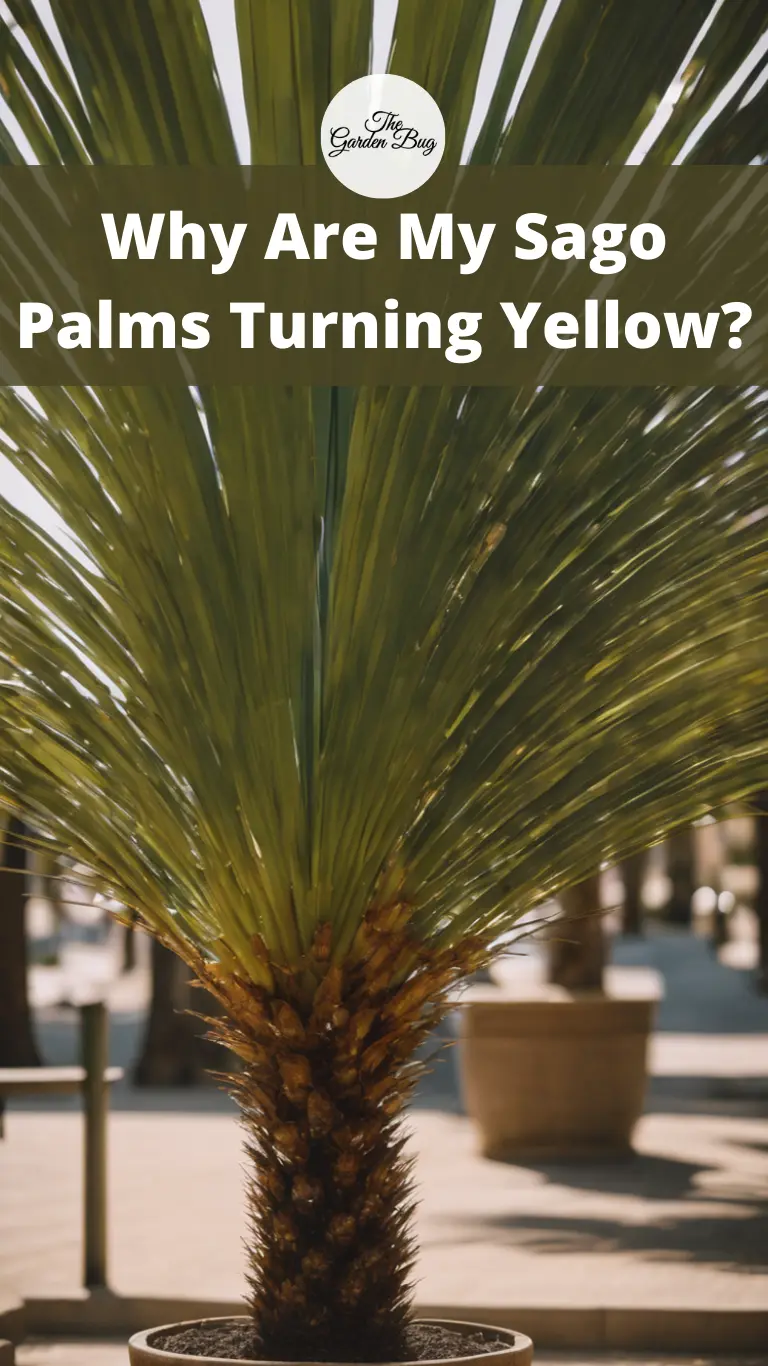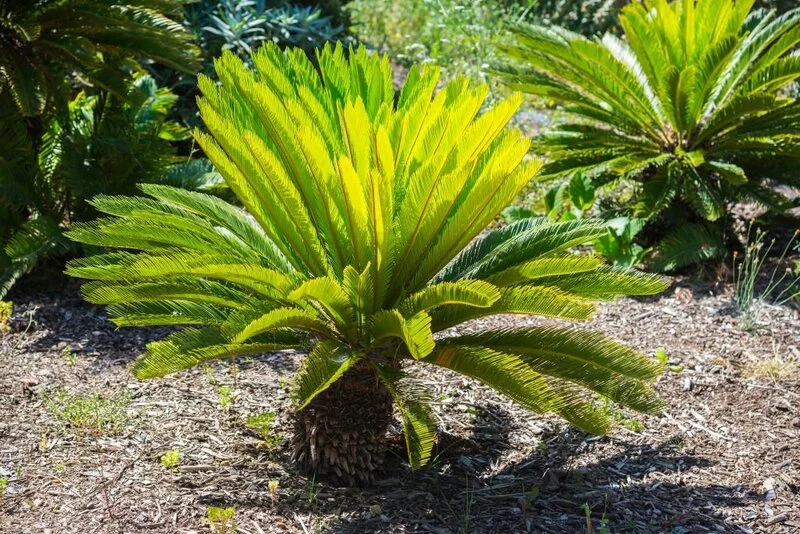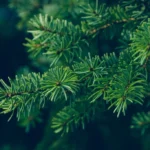Ever walked into a room and instantly felt like you were on a tropical island? The lush green of the Sago Palm in the corner probably had something to do with it! These prehistoric beauties are a favorite of homeowners, adding a touch of tropical allure to any space. However, even these tough-as-nails plants have their off days. You may have noticed your Sago Palm turning yellow and wondered, “What’s going on?”. Don’t worry, we’re here to help figure out why your green friend might be feeling a bit yellow.
- Contains magnesium, iron and manganese to grow lush palms, cyads and tropical plants
- Prevents yellowing and curling of fronds
- Feeds up to 3 months
- Guaranteed not to burn when used as directed
- Takes the Guesswork Out of Feeding!
Understanding Sago Palms
First, let’s get to know our Sago Palms a little better. Despite what their name suggests, Sago Palms aren’t really palms. Surprise! They’re cycads, one of the most ancient plant groups on Earth. You could say they’re the plant version of dinosaurs, having been around for more than 200 million years.
Hailing from the warm parts of Japan, they’re adapted to a tropical lifestyle. They love well-drained soil, moderate water, and a good dose of sunshine. However, they can also withstand cooler temperatures and are pretty forgiving if you forget to water them now and then.
While they’re generally a deep, glossy green, it’s not unusual for a Sago Palm to change color. Just like us, plants can show how they feel through color. In the case of Sago Palms, yellowing leaves can be a sign that your plant is trying to tell you something. Let’s dive deeper and find out what your Sago Palm might be trying to say.
- King Sago Palm Tree: The King Sago Palm is a beautiful plant featuring shiny, dark green leaves and a thick, shaggy trunk. The feather-like foliage of this slow-growing plant grows out in a symmetrical circular pattern, giving it a distinctive appearance
- Indoor Plants: The King Sago Palm, also known as the Japanese Sago Palm, is not a true palm tree, despite its name. This indoor plant, potted in growing containers, produces cones. The USDA hardiness zone for outdoor planting is 8–10
- Easy Maintenance: King Sago Palm plants are easy to care for; they grow well in full sunlight to partial shade, with the ideal temperature being 65–85° F. A heat pack is also included for each plant if your region experiences cold weather
- Home and Garden Decor: Our King Sago Palm plant pot is perfect for windowsills, countertops, and tables in your home or garden. The plant, which can reach heights of up to 10′, is a great gift option for friends and family
- Health Benefits: Live plants purify the air in their surroundings and thus enable you to inhale clean, fresh air while also helping to boost mood levels. The plant is harmful to both humans and pets if ingested
Common Causes of Yellowing in Sago Palms
So, what makes a Sago Palm turn from a gorgeous green to a worrisome yellow? Let’s go over some of the usual suspects:
- Watering: Too much water can be just as bad as too little. Overwatering can cause the roots to rot, leading to yellow leaves. On the flip side, underwatering can lead to dehydration, with the same yellowing result.
- Light: Sago Palms love light, but too much of a good thing can cause leaf burn, turning the leaves yellow.
- Nutrient Deficiency: Just like us, Sago Palms need a balanced diet. If they’re lacking in certain nutrients, like magnesium or nitrogen, they might show it by turning yellow.
- Pests: Little critters like scale insects can cause damage that leads to yellow leaves.
How to Treat and Prevent Yellowing in Sago Palms
Don’t worry, yellow leaves aren’t a death sentence for your Sago Palm. With the right care, you can nurse it back to health.
- Watering: Make sure your plant is getting just the right amount of water. The soil should be well-draining, and you should let it dry out between watering. Remember, it’s easier to fix underwatering than overwatering.
- Light: Protect your plant from getting sunburnt by providing filtered sunlight. Direct afternoon sunlight can be too harsh for your Sago Palm.
- Nutrients: Feed your plant with a balanced, slow-release fertilizer to make sure it’s getting all the nutrients it needs.
- Pests: Keep an eye out for pests, especially scale insects. If you spot them, use a horticultural oil or soap to gently remove them.
With these tips, your Sago Palm will be back to its lush, green self in no time. Remember, plants, like people, sometimes need a little TLC. Listen to what your Sago Palm is trying to tell you, and you’ll both be happier for it.
When to Seek Professional Help
While most yellowing issues in Sago Palms can be addressed at home, there may be times when you need to call in the experts. If your palm continues to turn yellow despite your best efforts, or if you notice other troubling signs like a rotting trunk or severe pest infestation, it’s time to consult a professional. Don’t worry – with a little expert help, your Sago Palm can bounce back!
Conclusion
Sago Palms are hardy, stunning plants that can make a big statement in your home. However, like all living things, they can have their off days. Yellowing leaves might seem alarming at first, but with a little investigation, you can usually figure out what’s bothering your Sago Palm. The key is to understand what your plant is trying to tell you and respond appropriately. So, keep an eye on your Sago Palm, shower it with care, and it will continue to be a spectacular part of your home!
FAQs
To wrap up, let’s address some frequently asked questions about Sago Palms:
- Are Sago Palms really palms? No, despite their name, Sago Palms are not palms. They are cycads, an ancient group of seed plants.
- Why are the tips of my Sago Palm turning yellow? This could be due to a number of factors, such as overwatering, underwatering, too much direct sunlight, nutrient deficiencies, or pest infestations.
- How often should I water my Sago Palm? This depends on the size of the plant and its environment. However, as a rule of thumb, allow the soil to dry out between watering.







